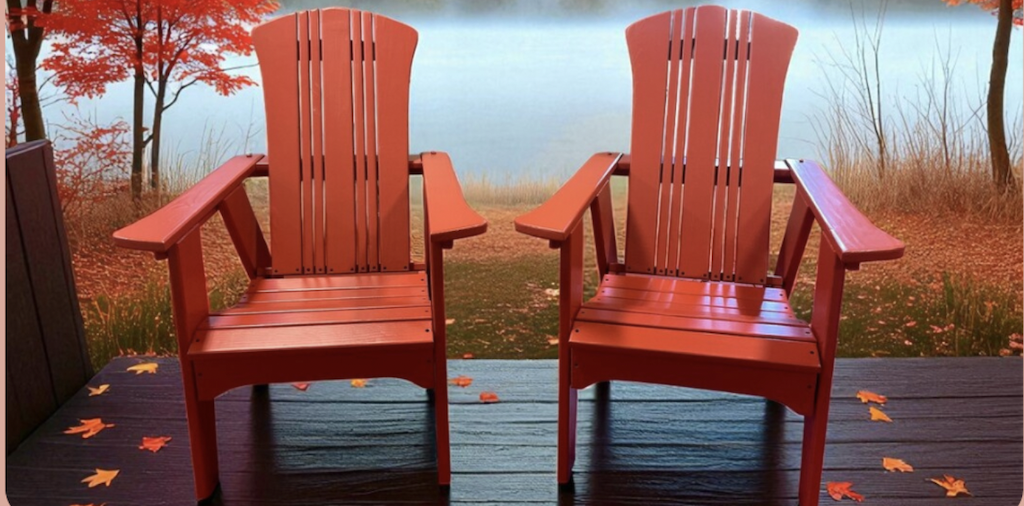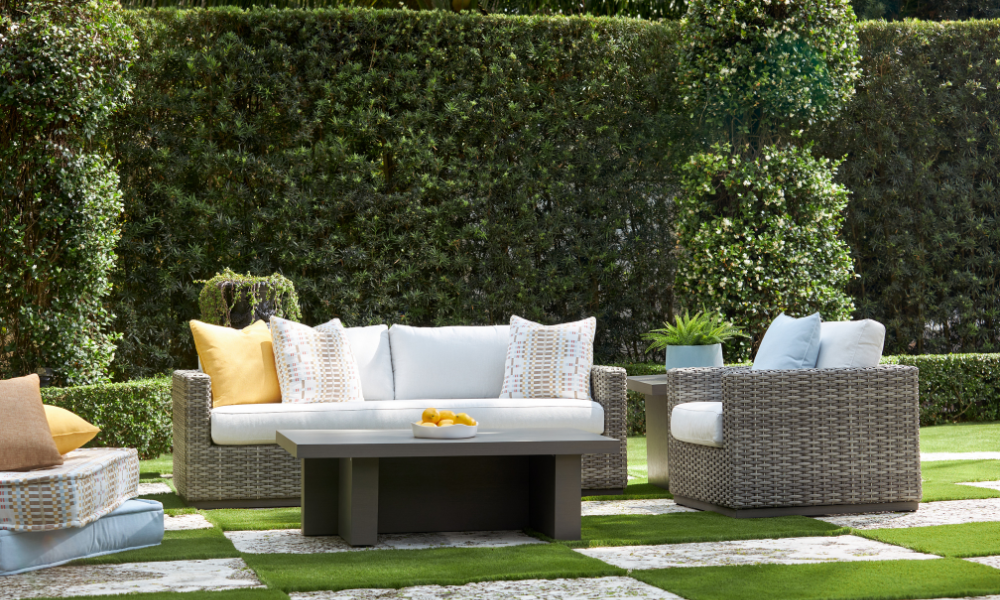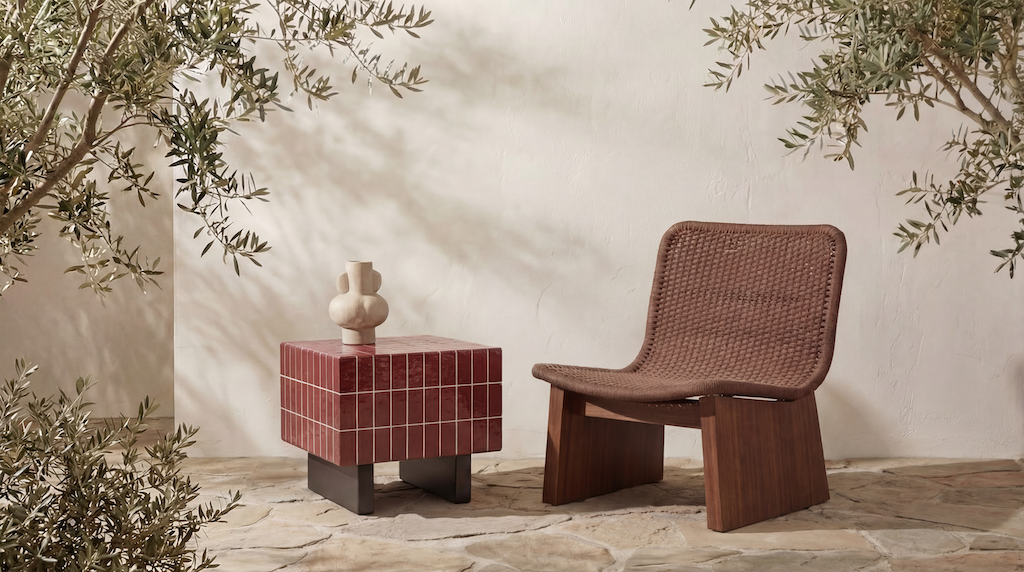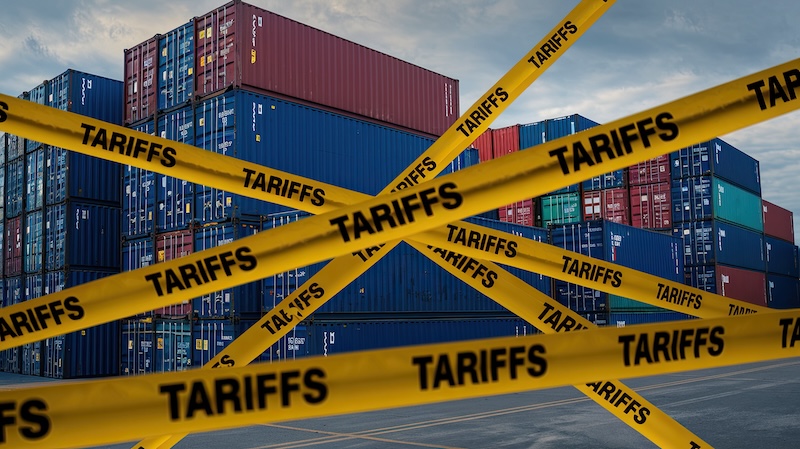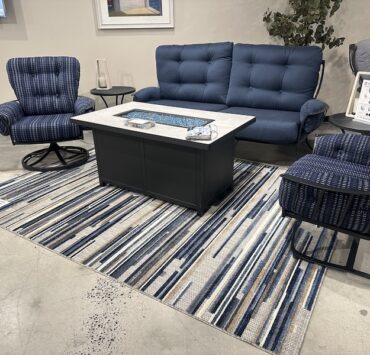For much of the past six months, manufacturers, retailers and others in the furnishings business have ridden the waves of uncertainty brought on by President Donald Trump’s tariffs on imports from abroad. And this past week, that uncertainty reached new heights as Trump announced he would be looking into additional tariffs, specifically for furniture imports.
On Aug. 22, Trump wrote a missive on Truth Social announcing his intentions.
“I am pleased to announce that we are doing a major Tariff Investigation on Furniture coming into the United States,” he wrote. “Within the next 50 days, that Investigation will be completed, and Furniture coming from other Countries into the United States will be Tariffed at a Rate yet to be determined. This will bring the Furniture Business back to North Carolina, South Carolina, Michigan, and States all across the Union. Thank you for your attention to this matter!”
White House officials told CNBC that the tariffs would be imposed as part of a national security investigation into lumber. The official also noted that these tariffs are not expected to stack on top of existing duties, and they could take effect by Oct. 11.
And at a cabinet meeting on Tuesday, Trump continued this line of talk, saying that North Carolina has the “most talented woodworkers that you’ve ever seen.”
“Some of those incredible artists that I knew as young people, they’re older people now,” Trump said at the meeting. “But they still have the talent and they have time left, but they’re going to be teaching their sons and their daughters and their grandchildren, and it’s going to be a beautiful thing to see. It’s going to happen like magic.”
North Carolina has long been one of the nation’s largest furniture producers, with many of those operations focused in the Hickory and High Point areas. But as the changing business climate during the 1980s and 1990s led to a greater reliance on overseas production, the state saw a decline in domestic furniture production.
As such, the infrastructure and trained labor force to bring furniture manufacturing back to North Carolina — as well as most states — no longer exists in a way that would allow that industry to return to previous levels at the flip of a switch. Not to mention that new technologies such as AI and automation have drastically changed the way manufacturing facilities operate today.
With Trump’s comments on woodworking and word that the tariffs are related to lumber, it’s unclear yet how these duties might pertain to aluminum and woven furniture, as well as imported woods such as teak. But the casual industry has already felt the pinch of tariffs enacted earlier this year on goods produced in Asia.
The Trump Administration has already enacted tariffs on imports from a number of furniture-producing regions, including a 50% tariff on India that went into effect this week, as well as 20% on Vietnam and 19% on Indonesia and Malaysia. A 34% proposed tariff on imports from China has been postponed until Nov. 10.
On top of that, Trump doubled the tariff on foreign aluminum and steel in June, upping the duty to 50%, another increase felt acutely by the aluminum-heavy casual industry.
Shares of major furniture companies, including RH, Wayfair and Williams-Sonoma, dipped on Monday following the news. And it seems, for the time being, the furnishings industry once again enters a wait-and-see pattern when it comes to tariffs, a continuance of uncertainty most hoped would be resolved by now.

